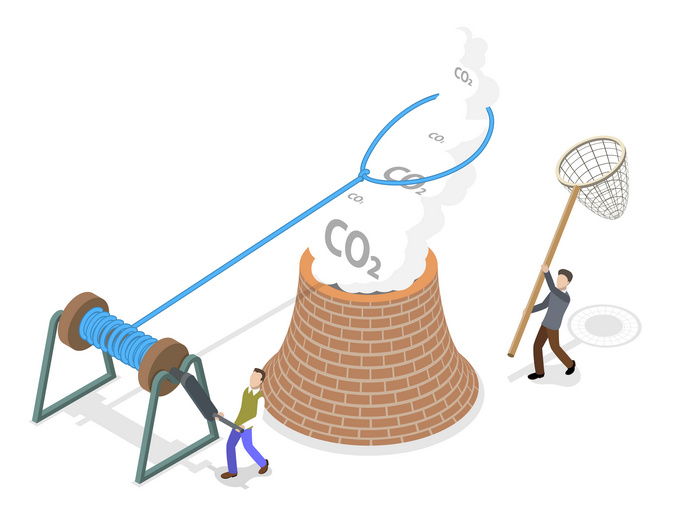Negative emissions technologies and practices: the way forward
As the urgency to mitigate climate change escalates and the speed with which the world adopts low-carbon processes lags behind, carbon dioxide removal (CDR) through negative emissions technologies and practices (NETPs) are needed to supplement emission reductions to limit global warming to 1.5-2 °C. Negative emissions are created when CO2 is physically removed from the atmosphere, more CO2 is removed in the capture and storage process than is emitted, and the CO2 is stored permanently. The EU-funded NEGEM(opens in new window) project, which ended in May 2024, evaluated the realistic potential of several NETPs in the context of their technical, environmental, social, and commercial potential and challenges.
Engineered and nature-based solutions for CDR
Engineered solutions for CDR include direct air capture and storage of CO2, bioenergy or other biomass-based processes combined with CO2 capture and storage, enhanced weathering, and ocean-based solutions such as ocean liming. Nature-based solutions(opens in new window) (NBS) include afforestation, reforestation, biochar use and soil carbon sequestration. The NEGEM project studied all of these. According to Kati Koponen of the VTT Technical Research Centre of Finland(opens in new window): “Engineered solutions with storage on geological timescales provide permanent CDR and are necessary to reach durable net-zero emissions. NBS are essential because they can provide strong synergies between climate change mitigation and international targets for nature restoration and broader sustainable development goals.”
NETPs: technical, environmental, social and commercial aspects
The NEGEM analysis framework combined land-use modelling, life-cycle assessment (LCA), cost optimisation, and social acceptance evaluation. Essential new insight(opens in new window) on NETP deployment emerged from combined modelling approaches, such as land-use modelling and energy system modelling, that included the full portfolio of NETPs. The LCA results for more than 20 NETP cases revealed that none of the NETPs came without trade-offs between different environmental goals, and thus a portfolio of NETPs is needed to balance the impacts. The social licence to operate varies across sectors and geographical regions for different NETPs. For example, NGOs and companies sometimes hold opposing views on the acceptability of certain NETP solutions. Furthermore, public perceptions may differ between engineered solutions and NBS. NEGEM also studied the market-based mechanisms for CDR. Researchers found that the current mechanisms mainly support afforestation and soil carbon sequestration, with minimal support for engineered CDR. Overall, the mechanisms are underfunded and provide too little incentive to enable a CDR portfolio that can achieve climate neutrality.
Climate policy requires a portfolio of solutions
Koponen summarises: “Based on the results of the scenario analyses, drastic and immediate emission reductions are needed to reach the 1.5-2.0 °C mitigation goals. In addition, CDR will be needed as a supplementary measure. A large portfolio of CDR methods can help to respond to the environmental and social challenges. CDR deployment should begin by the 2030s, underscoring the urgency to develop clear policies and regulations in the EU and globally.” To assist stakeholders, the NEGEM results, tools, and data sets can be found on the project website. The project’s final booklet(opens in new window) summarises the results of the project, delivers key recommendations for EU climate policy, and lists the scientific papers published during the project. The Carbon negative handbook(opens in new window) presents the NETPs’ factsheets, as well as key terms and concepts related to CDR.







